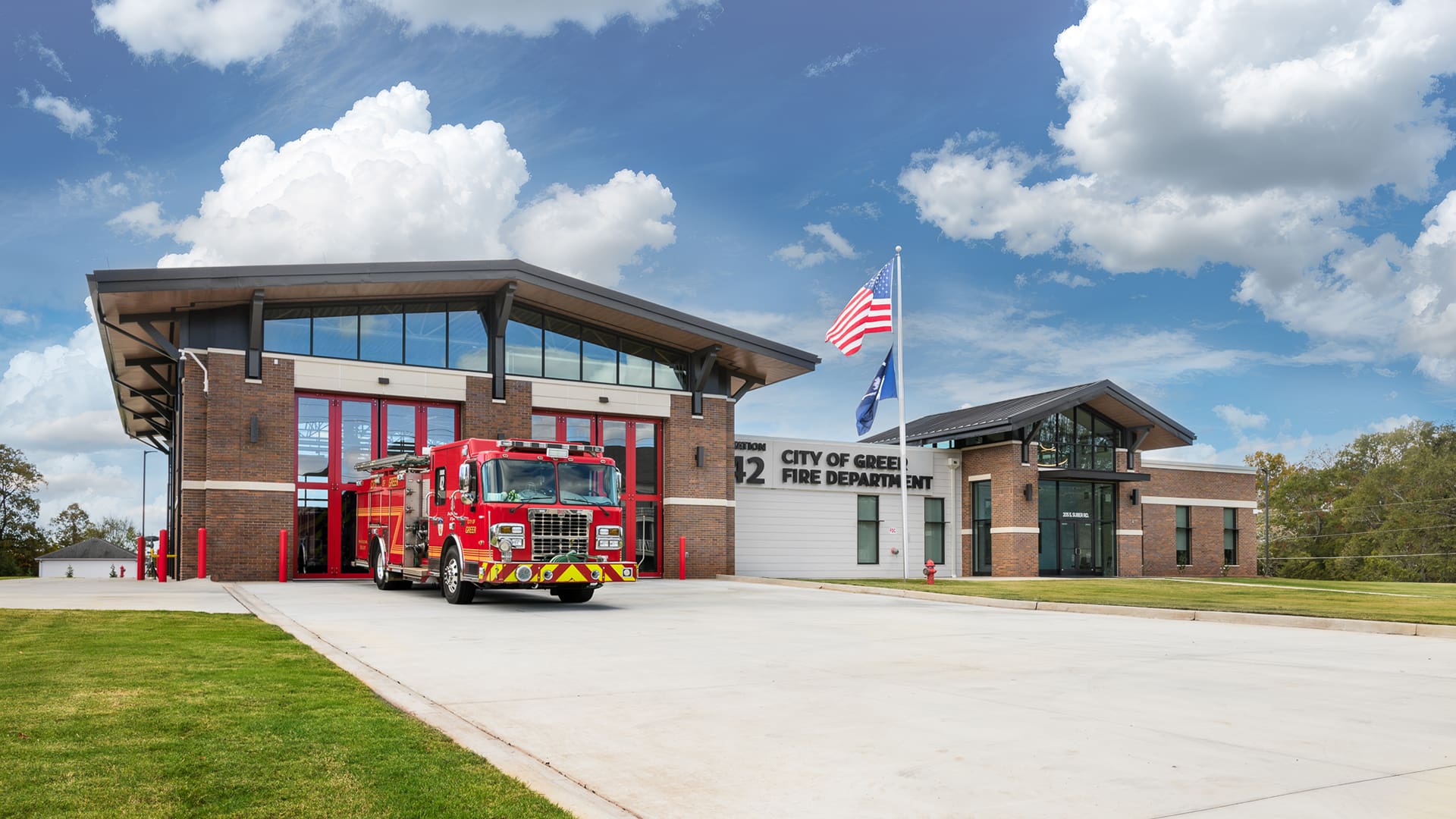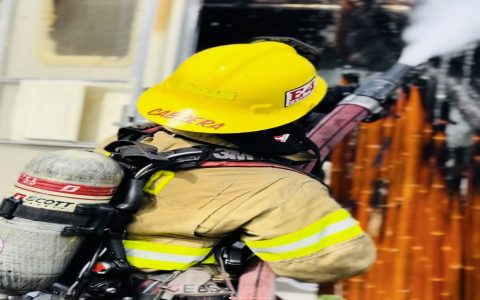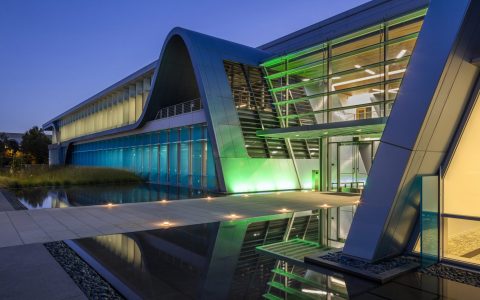Modern fire stations are multifaceted facilities engineered for optimal emergency response, firefighter health and safety, and increasingly, community engagement. Their design and functionality have evolved significantly, incorporating advanced technology and a deeper understanding of occupational risks.
Design and Operational Efficiency
The layout of contemporary fire stations is meticulously planned to minimize response times and enhance operational flow. Key design considerations include:
- Rapid Deployment Bays: Drive-through or strategically angled apparatus bays allow for quick and safe exit of vehicles. Direct access from living quarters to bays is prioritized.
- Zoned Areas: Stations often feature "Hot," "Warm," and "Cold" zones. Hot zones are for contaminated gear and apparatus returning from incidents. Warm zones serve as transition and decontamination areas. Cold zones encompass living quarters, administrative offices, and public areas, kept free from contaminants.
- Integrated Training Facilities: Many new stations include on-site training towers, bailout windows, confined space props, and classrooms to ensure continuous skill development.
Technology Integration
Technology is central to the operation of modern fire stations:

- Advanced Alerting Systems: Sophisticated systems with ramped lighting, heart-saver tones, and clear visual displays reduce stress on personnel and improve information relay during dispatch.
- Communication Hubs: Integrated communication systems for seamless contact with dispatch centers, other emergency services, and internal station communication.
- Information Management: Digital systems for tracking inventory, apparatus maintenance, incident reporting, and personnel readiness.
Health, Safety, and Wellbeing
A major focus is protecting firefighters from occupational hazards and supporting their overall wellbeing:
- Decontamination (Decon) Areas: Dedicated spaces and protocols for thorough cleaning of turnout gear, SCBA, and personnel to remove carcinogens and other toxins. This often includes specialized washing machines and ventilation.
- Air Quality Control: Advanced HVAC systems, including direct source capture exhaust systems in apparatus bays, to eliminate diesel fumes and off-gassing from contaminated gear.
- Fitness and Recuperation Zones: Well-equipped fitness rooms promote physical health. Quiet rooms or designated rest areas support mental wellbeing and stress reduction.
- Living Quarters: Modern designs often provide individual bunk rooms for better rest and privacy, with kitchens designed to support healthy eating.
Sustainability and Resilience
New fire stations are increasingly designed with sustainability and resilience in mind:
- Energy Efficiency: Incorporating features like natural light, LED lighting, high-performance insulation, and energy-efficient appliances. Some stations utilize solar panels or geothermal systems.
- Durable Materials: Construction with robust, low-maintenance materials to withstand heavy use and reduce long-term operational costs.
- Backup Systems: Essential for maintaining operations during power outages or other emergencies, including backup generators and sometimes independent water sources.
Community Interface
Modern fire stations often serve as community resources:
- Public Access Areas: Welcoming lobbies, meeting rooms for public education (e.g., CPR classes, fire safety), and sometimes small historical displays.
- Safe Zones: Some stations are designated as "Safe Havens" for individuals in crisis.







